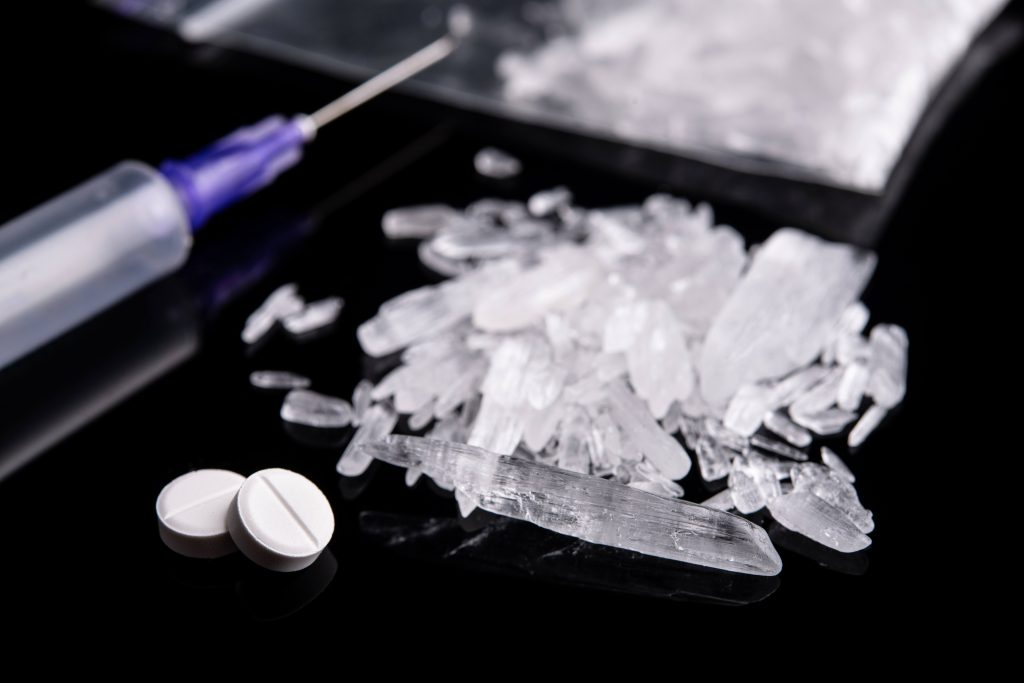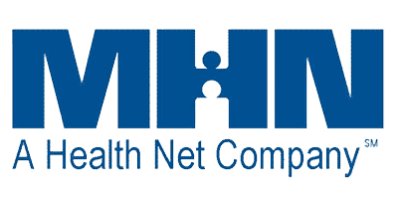
Addiction to meth is one of the most difficult addictions to overcome. Sadly, it is also one of the most serious, as it is well-known for physically and psychologically destroying those who use it. Meth or Methamphetamines belongs to a class of drugs known as stimulants. A stimulant can negatively impact the performance of the central nervous system (brain), respiratory system (breathing), and cardiovascular system (heart). It can come in pills, powder, liquid, and crystal form called crystal methamphetamine. Its street names might include meth, crystal, ice, speed, jib, and crank.
How can I support someone going through meth withdrawal?
Supporting someone in withdrawal includes ensuring they receive proper medical care, encouraging plenty of sleep and fluids, providing healthy food, helping them adapt to life without the drug, reminding them that recovery takes time, acknowledging the difficulty of withdrawal, and encouraging connection with addiction treatment professionals.
Why is detoxification and rehabilitation important in treating meth addiction?
Detoxification helps the body rid itself of harmful toxins and is the first step towards recovery. Rehabilitation, counseling, and therapy are essential to address the psychological aspects of addiction, discover underlying issues, and help maintain long-term sobriety.
How does the withdrawal process from methamphetamine progress over time?
The withdrawal process involves several phases: the first 48 hours are the most intense with symptoms like nausea and sweating; days 3 to 10 may bring severe depression, anxiety, and cravings; weeks 3 to 4 show a decrease in physical symptoms but cravings and fatigue can remain; after a month, physical symptoms subsides, but psychological effects like depression and anxiety may continue for many months or years.
What is the timeline of crystal meth withdrawal?
Meth withdrawal generally peaks within the first 24 to 72 hours, with the most challenging symptoms. Over the next few weeks, physical symptoms decrease, but drug cravings, fatigue, and depression can persist for weeks or months. Full psychological recovery may take months or even years.
What are the common symptoms of meth withdrawal?
Common symptoms of meth withdrawal include feelings of anxiety, paranoia, hallucinations, nervousness, intense cravings, irritability, depression, pain, sensitivity to light and noise, insomnia, nausea, vomiting, diarrhea, dehydration, muscle spasms, seizures, and sometimes coma.
SYMPTOMS OF METH WITHDRAWAL
Proper treatment can induce symptoms of withdrawal. The substance the individual is addicted to can affect the symptoms they have. For example, alcoholics have different withdrawal symptoms than opioid users or marijuana users. Some common symptoms of withdrawal include:
- Feeling anxious, paranoid, or hallucinating: People may experience intense fear, mistrust of others, or even see or hear things that aren’t there. This is due to chemical imbalances in the brain caused by prolonged meth use.
- Nervousness and intense cravings for more meth: As the body detoxes, it strongly desires the drug again. These cravings can make early recovery very challenging.
- Irritability: Emotional instability is common, and small frustrations can trigger anger or agitation.
- Depression: Without meth’s dopamine-boosting effects, individuals often feel deep sadness, hopelessness, or emptiness. This can last for weeks or even months.
- Pain: General body aches, joint stiffness, and headaches may occur as the body heals.
- Sensitivity to light and noise: The nervous system can become overly sensitive, making bright lights or loud sounds overwhelming.
- Insomnia: Difficulty sleeping is common, especially in the first days of withdrawal, which can worsen mood and fatigue.
- Nausea and vomiting: Digestive issues are frequent during detox and can lead to reduced appetite and malnutrition.
- Diarrhea: Along with other GI symptoms, diarrhea can contribute to weakness and fluid loss.
- Dehydration: Vomiting, diarrhea, and excessive sweating can quickly lead to dehydration, especially if fluid intake is low.
- Muscle spasms and seizures: In more severe cases, nerve and muscle activity can become erratic, resulting in spasms or seizures.
- Coma: Though rare, a coma is a life-threatening complication that can occur in extreme withdrawal cases, especially with polysubstance abuse.
TIMELINE OF CRYSTAL METH WITHDRAWAL
The most challenging time and intense withdrawal symptoms experienced during meth detox generally occur within the first 24 to 72 hours after the last use of the drug. But withdrawal symptoms can persist for weeks, months, and even years after the last use of the drug. The following is a typical breakdown of a crystal meth withdrawal timeline:
Phase 1 Of Meth Withdrawal Timeline: First 48 Hours
As discussed, the first 48 hours are often the most difficult in the timeline of crystal meth withdrawal. This first phase is known as the “crash” period. During this time, individuals will experience intense symptoms of nausea, abdominal cramping, and sweating. Due to this experience, individuals must be monitored to avoid extreme hydration. There will also be a sharp decline in an individual’s cognitive or mental function and overall energy levels.
Phase 2 Of Meth Withdrawal Timeline: Days 3–10
During the second phase in the crystal meth withdrawal timeline, an individual may experience severe depression, anxiety, or fatigue symptoms. During this time as the body attempts to find equilibrium without meth. Drug cravings will be heightened during this phase, and individuals may experience muscle aches, shaking, or tremors.
Phase 3 Of Meth Withdrawal Timeline: Weeks 3–4
In the third phase of a typical crystal meth withdrawal timeline, most intense physical withdrawal symptoms will begin to subside during the third to fourth week of crystal meth detox. However, while the physical symptoms will start to decline, intense drug cravings will probably continue during this time. Along with intense drug cravings, symptoms of fatigue may linger, and depression may be experienced. So, it is essential to have a support team and detox plan even a month out from the last use of the drug.
Phase 4 Of Meth Withdrawal Timeline: One Month+
Finally, after a month without crystal meth use, the fourth phase in the crystal meth detox timeline will be reached. During this final phase, the worst of the withdrawal symptoms have typically subsided. But psychological symptoms like depression and anxiety may be in full effect because the body’s dopamine levels have not had enough time to return to normal functioning. The symptoms of depression and anxiety can last for many months or even years after the last use of meth. Typically, depression and anxiety are worse for individuals who engage in prolonged use of the drug. Ultimately, phase four in the crystal meth withdrawal timeline is where recovery from addiction truly begins.

METH DETOX & REHAB SHOULD BE YOUR 1ST STEP!
Methamphetamine, or “meth,” can destroy the lives of those struggling with addiction. The first step in confronting meth addiction is detoxification and rehabilitation, ridding the body of an addictive substance. Detox is the first step to recovery and a life of sobriety. This is because detoxing allows the body to rid itself of the harmful toxins inside of it.
For the best chance at recovery, however, patients must also undergo treatment for addiction, such as rehabilitation, counseling, and therapy after the detox.
Going through an addiction treatment program will help the patient learn the root cause of their addiction so they can work to maintain sobriety in the long run.
HOW CAN I HELP SOMEONE GOING THROUGH METH WITHDRAWAL?
Watching someone in drug withdrawal can be scary and make you feel helpless. You can help support someone in withdrawal by:
- making sure the person gets proper medical care
- making sure the person sleeps lots
- making sure the person drinks lots of fluids
- giving the person healthy food
- helping the person learn to live again without the drug
- reminding the person that the brain and body need time to heal
- acknowledging that withdrawal is very hard and sometimes painful
- encouraging the person and telling him or her it is a smart move that takes courage
- encouraging the person to connect with an addiction treatment center
At Crosspointe recovery, we use a comprehensive and holistic meth treatment plan to address meth addiction. This plan begins with detoxification to remove any traces of the drug from your body so that you can begin to learn how to function without it. After detox, a counseling and therapy program addresses the impact and damage inflicted on you psychologically by your meth use, while identifying underlying issues that contributed to your addiction and providing you with the education and tools you need to stay sober for the long term.

















